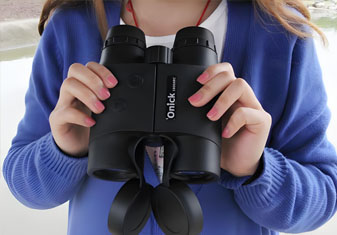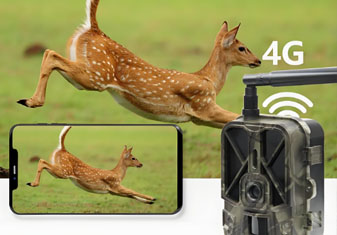L'imaging termico a infrarossi può penetrare pareti e vetro? Cosa può penetrare l'imaging termico a infrarossi?
Le termocamere sono gli "occhi della notte" e un'importante estensione della visione umana. Le termocamere non sono influenzate dalla luce visibile e possono penetrare l'oscurità, l'abbagliamento, la foschia e il fumo denso e hanno una vasta gamma di applicazioni.

Thermal L'imaging non può penetrare nel vetro normale, ma può penetrare in uno specifico vetro a trasmissione termica.
Introduction La tecnologia di imaging termico Technology
Thermal utilizza la radiazione infrarossa emessa da un oggetto per visualizzare la sua distribuzione della temperatura superficiale. L'infrarosso viene convertito in segnali elettrici attraverso i rilevatori e quindi convertito in immagini da visualizzare sullo schermo. Pertanto, viene spesso utilizzato per rilevare la distribuzione della temperatura sulla superficie di corpi umani, edifici, apparecchiature elettroniche, ecc.
Può l'imaging termico penetrare nel vetro?
La tecnologia di imaging termico non può penetrare nel vetro convenzionale perché il vetro riflette la maggior parte dei raggi infrarossi e solo una piccola parte dei raggi infrarossi. Pertanto, quando si esegue il rilevamento di immagini termiche, se l'oggetto è dietro il vetro, la sua distribuzione della temperatura superficiale non può essere visualizzata con precisione. Tuttavia, alcuni speciali vetri a trasmissione termica possono trasmettere raggi infrarossi, rendendo la tecnologia di imaging termico una svolta. Questo tipo di vetro a trasmissione termica può ridurre il trasferimento di calore senza ridurre la trasmissione della luce. Molti produttori producono questo tipo di vetro, che è ampiamente utilizzato nell'industria dell'energia solare, negli edifici a risparmio energetico, ecc.

Scope di applicazione dell'imaging termico imaging
Thermal è ampiamente utilizzato in sicurezza, elettricità, medicina e altri campi. Ad esempio, l'installazione di telecamere termiche in luoghi pubblici può monitorare la temperatura corporea delle persone in tempo reale e prevenire la diffusione di malattie infettive in tempo; nel rilevamento di apparecchiature elettriche, può monitorare la temperatura della superficie dell'apparecchiatura in tempo reale in modo da trovare apparecchiature che potrebbero guastarsi in tempo.

0In Riassunto, mentre il vetro normale non può far passare la luce infrarossa, l'avvento di uno specifico vetro a trasmissione di calore ha aperto una gamma più ampia di applicazioni per la tecnologia di imaging termico.
Cosa può vedere l'imaging termico through
Can vedere attraverso il fumo?
Sì, le telecamere termografiche possono rilevare il calore attraverso il fumo e sono ampiamente utilizzate dai vigili del fuoco. Le particelle di fuliggine nel fumo possono bloccare efficacemente la luce visibile ma consentire il passaggio della radiazione infrarossa, consentendo ai vigili del fuoco o ad altri primi soccorritori di navigare in ambienti pieni di fumo. Le persone alle porte sono oscurate dal fumo nello spettro visibile, ma possono essere facilmente rilevate dalla termografia.

5Can la termografia vede attraverso la nebbia?

7Can la termografia vede attraverso gli alberi?
Le termocamere non possono rilevare oggetti attraverso i tronchi degli alberi, ma le termocamere possono aiutare a individuare persone o animali nelle aree boschive. Le squadre di ricerca e soccorso spesso utilizzano la tecnologia di imaging termico per rilevare le firme di calore durante la ricerca di ampie aree selvagge. La termografia non può vedere attraverso gli alberi (o il legno), ma può aiutare a individuare le persone nelle aree boschive in cui le firme di calore si distinguono più delle immagini visibili. La termografia può vedere attraverso la plastica?
Tenere un sottile foglio di plastica opaco (come un sacco della spazzatura) di fronte a un oggetto o una persona calda. La radiazione infrarossa passerà attraverso la plastica, permettendo alla termocamera di rilevare tutto ciò mentre sarà visibile. Tuttavia, questo funziona solo con plastiche molto sottili: le plastiche più spesse bloccano la radiazione infrarossa.
L'imaging termico può vedere al buio?
Sì! L'imaging termico non è completamente influenzato dall'oscurità e non richiede la luce visibile per visualizzare il calore. I filmati CCTV e l'imaging termico mostrano che l'imaging termico non richiede la luce visibile per formare un'immagine.





















